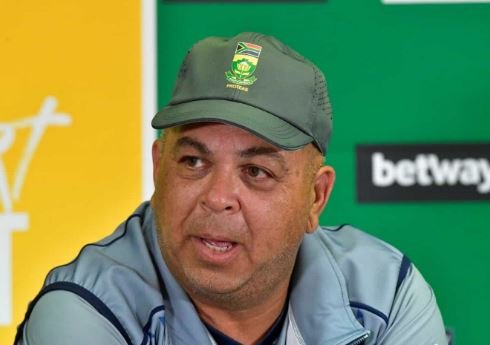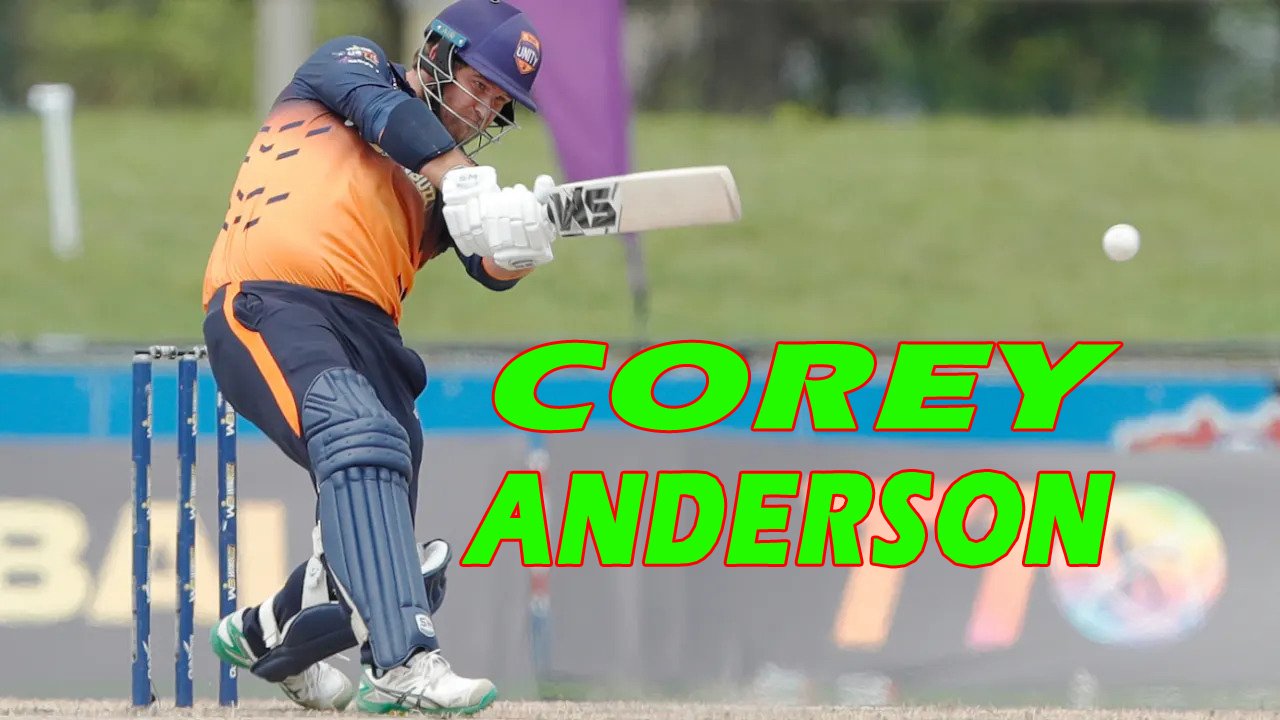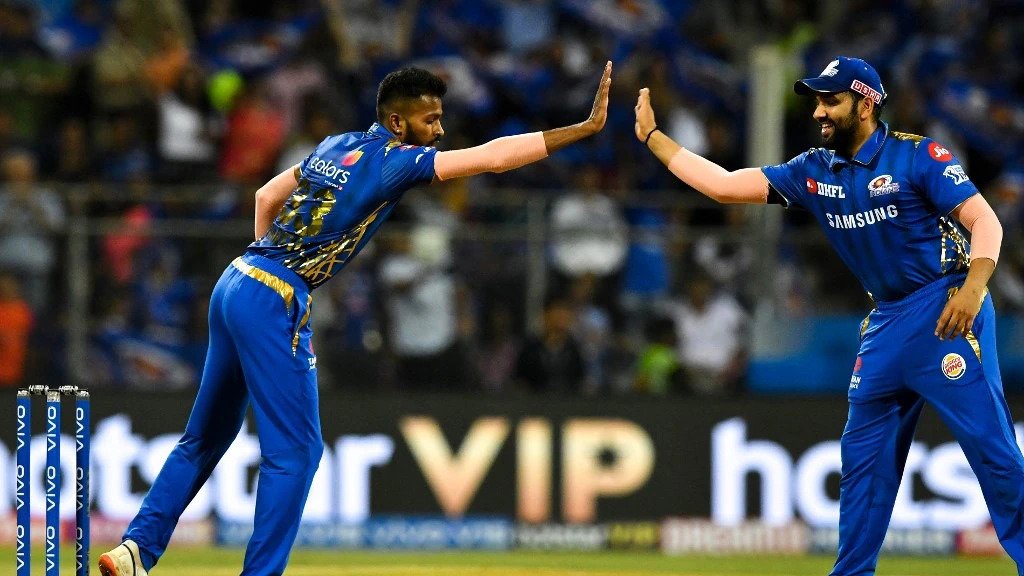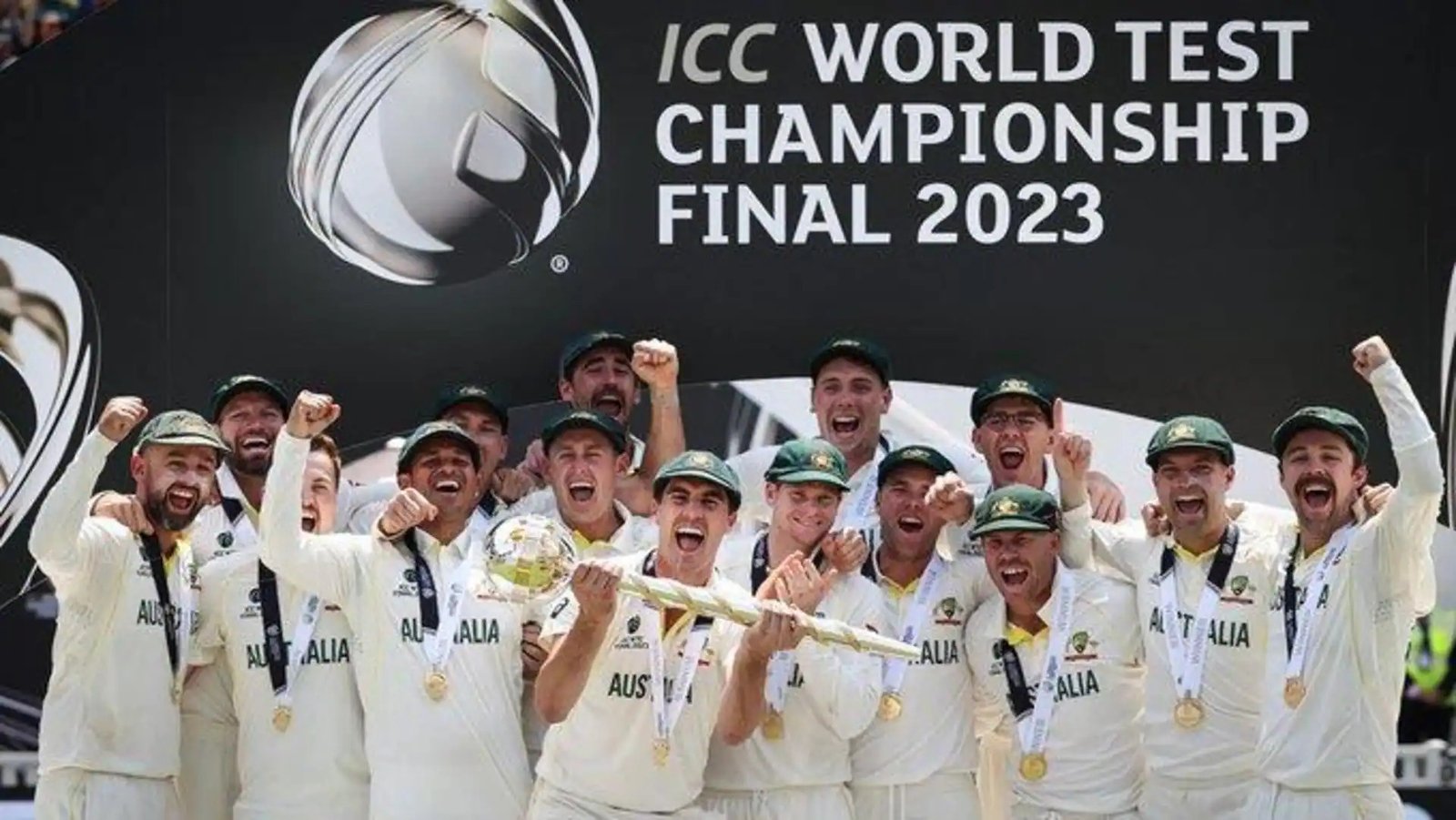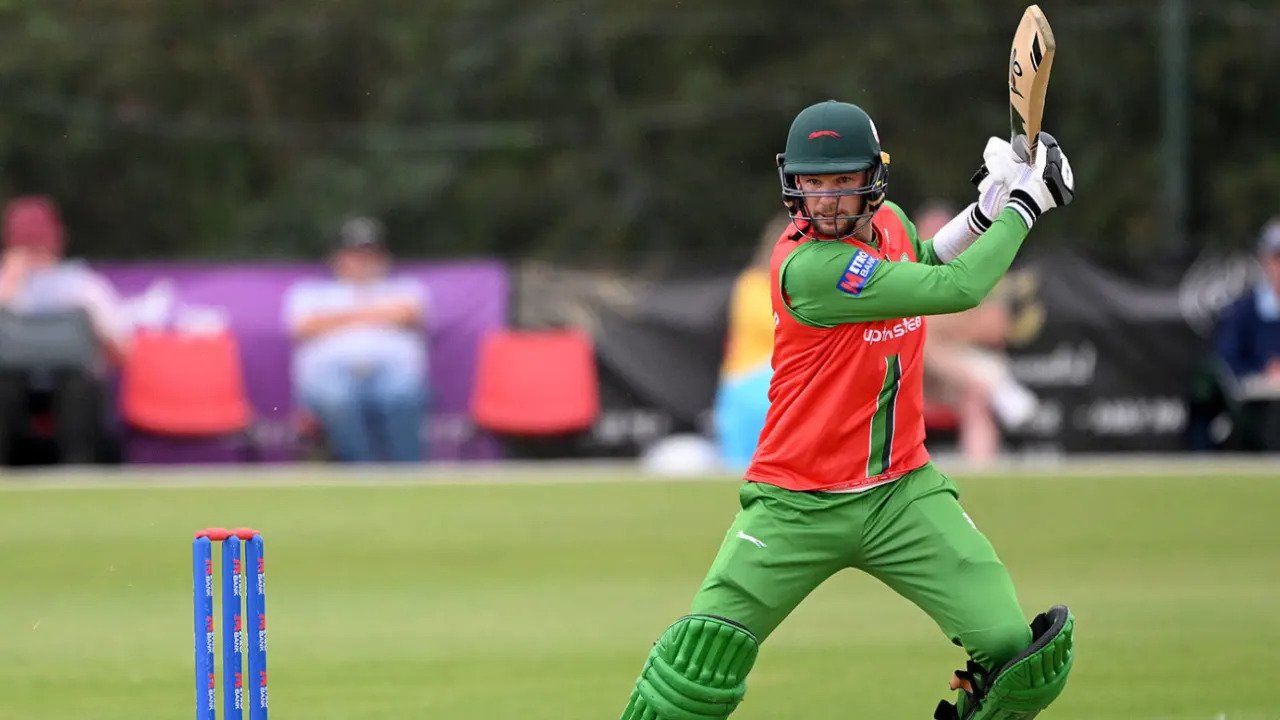Deccan Chargers demonstrated their tenacity by defending a modest total against the Royal Challengers Bangalore (RCB) in 2009 IPL final.
The Deccan Chargers used the bull in their logo to their advantage as they defeated Royal Challengers Bangalore and triumphed in a competition where they had finished last the season. In a thrilling final that swung and turned and lived up to the occasion, they hustled and sledged their way to victory. They also bowled with fire and fielded with aggression.
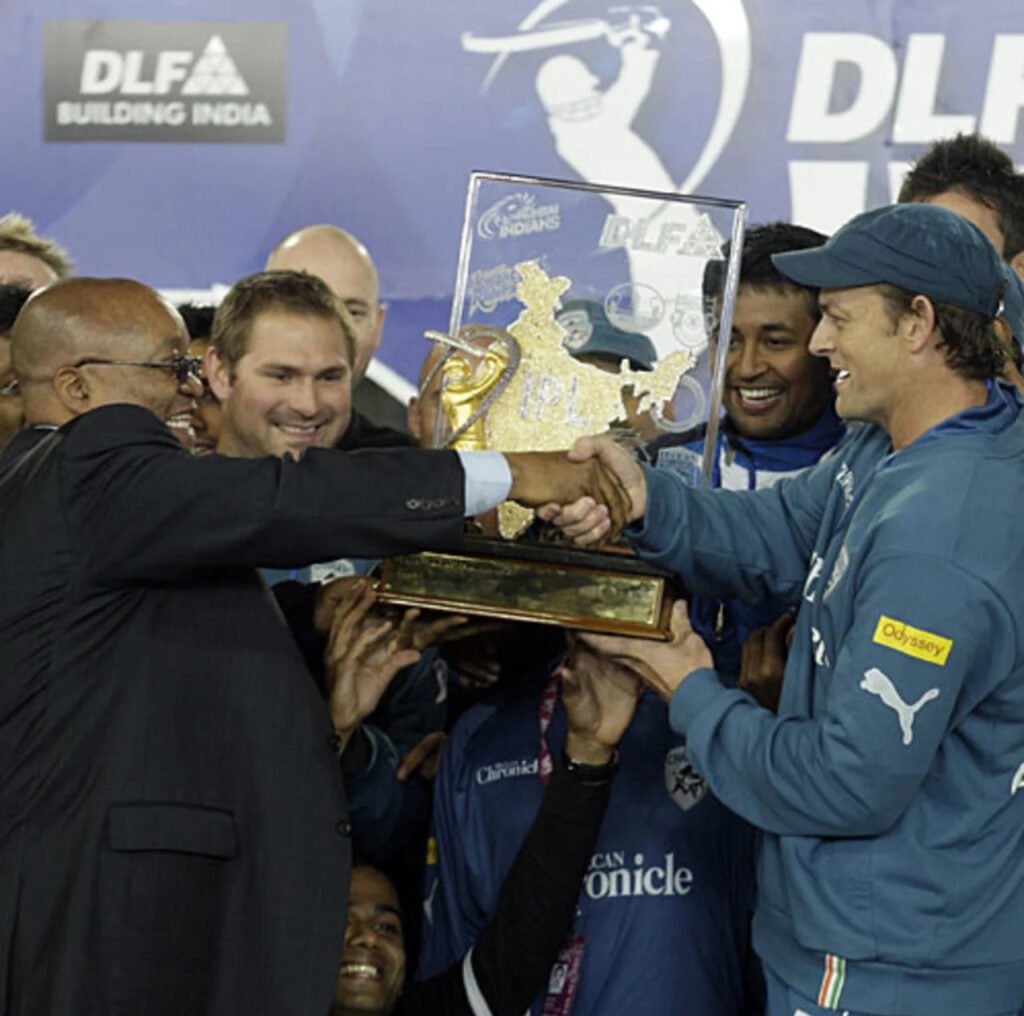
The final of those pivotal moments came in the 15th over, which was bowled by Andrew Symonds, who replicated his earlier-evening verbal prowess by taking the wickets of Virat Kohli and Ross Taylor with consecutive deliveries. When the over began, Bangalore was 99 for 6, and Taylor had looked dangerous in his 20-ball 27. However, Symonds’ over was emblematic of the entire evening: each time a batter eluded the bowling, a breakthrough forced the batting side to regroup.
With three fewer wickets conceded than Bangalore comfortably amassed in the semi-final, Deccan came out firing, and their enthusiasm was evident in their play. Symonds followed Manish Pandey, the newest tyro, from the dugout to the crease. During his innings, Pandey was a man on a mission. Symonds gave him lip service and followed him around. Ryan Harris matched the intensity with the ball, consistently hitting 145 mph in the opening over, which resulted in a maiden.
Jacques Kallis tried to relieve his 19-year-old partner of some of the burden. Kallis took two boundaries in Harris’ subsequent over to start the chase. When Kallis pulled onto his stumps, RP Singh regained the equilibrium, but Roelof van der Merwe emerged and exploited adrenaline to drive Bangalore closer to the goal.
Symonds and Harris gave Van der Merwe a tongue-lashing, but he answered with two sixes off one over. Harris had gone for 23 in three overs despite being maimed. Van der Merwe’s fireworks kept Deccan at a distance even after Pragyan Ojha dismissed Pandey with the first ball he bowled.
Van der Merwe’s rush of adrenaline may be summed up in one ball. Ojha beat him in the flight, but he dropped his bat but achieved an edge that kept him from being stumped. As he scored the first run, he took up his bat and converted a two into a three. He then raced down the middle of the pitch, dove into the stumps at the non-striker’s end, and avoided being run out.
After taking one six, van der Merwe’s adrenaline overcame him, causing him to run out to Ojha and get stumped. There was a noticeable stress that even affected a seasoned professional like Rahul Dravid. Harmeet Singh was the target of Bangalore, and Dravid mishandled the scoop, getting bowled. But with Taylor and Mark Boucher in, Bangalore was still ahead.
After hitting three fours and a six, Taylor appeared to be dispatching Bangalore with ease, but Symonds got him with a little extra bounce. After Adam Gilchrist skillfully stumped the next ball down the leg side, Boucher was left with no options.
Harmeet claimed Boucher on the cut during Gilchrist’s last over, which Gilchrist attempted to get past. The distribution of bowlers was ideal: Ojha and Harris each had one, and RP had two remaining. RP Singh and Ryan Harris maintained their composure in the face of a six from Robin Uthappa as Bangalore, needing 27 from the next two overs and 15 from the final over, with two wickets remaining.
Also Read: Sunrisers Hyderabad Win Maiden IPL Title with Tight Victory Over RCB In 2016
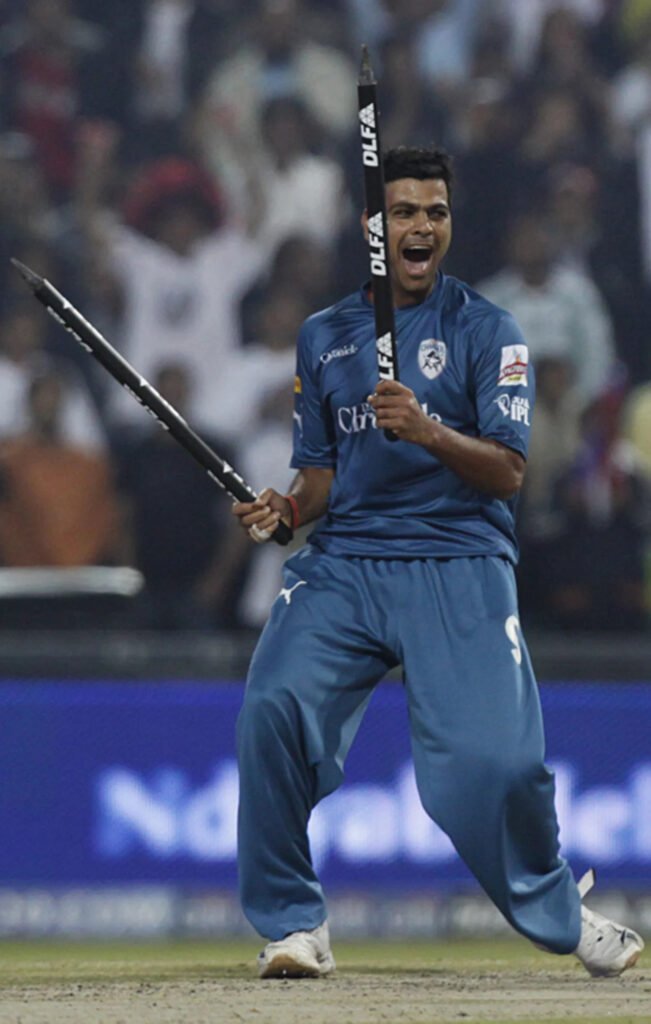
One felt bad for Anil Kumble, who spent much of the final over at the non-striker’s end and watched his dream come crashing down, amidst the stress of the second innings. Kumble had earlier celebrated like a youngster, but he bowled like the seasoned champion he is, restricting Deccan to a reasonable target.
After bowling the opening over of the game and getting Gilchrist out, he returned to dismiss Symonds in the ninth over. Symonds was dropped by Dravid on the fifth ball, and that wicket was vital since it was hauntingly reminding Bangalore of the line that his batting partner Herschelle Gibbs was apocryphally told during the 1999 World Cup. In the 17th over, Kumble entered the field once more to end a risky 52-run partnership between Gibbs and Rohit Sharma, who had pushed Deccan to 110 for 3.
Gibbs had a strange little inning at the end. He had not made much of an attempt to farm the strike at the end, and had been unremarkable in his battle to score runs earlier. In the final three overs, he faced just six balls, and he continued to take twos to give Harris the strike. Similar to how Sachin Tendulkar, under more difficult circumstances, batted the entire 20 overs for less than 60 in the opening match of the competition, he did so here. They both managed to prevail in the end.
Andrew Symonds- The MVP Of IPL 2009
Two more than they did in 2008, the Deccan Chargers began IPL 2009 with four straight wins. However, after that, the Chargers’ fortunes took a turn for the worse as they dropped three straight games before defeating the Mumbai Indians. Andrew Symonds joined the Chargers with six games remaining in the league phase, giving the squad a boost in every area.
The Chargers won their first championship despite having only won two of their previous six league games. When the required rate was considerably below eight wickets per over in the 15th over of the match against the Royal Challengers Bangalore, Symonds came to the rescue with a 33-ball 21 and the wickets of Virat Kohli and Ross Taylor.
According to Smart Stats, his all-around performance in the championship game was worth 127.09 impact points, the most for the Chargers. Even against the highly skilled Delhi Daredevils in the semi-final, Symonds dismissed Virender Sehwag while conceding just 20 runs in three overs. Symonds was MVP of the tournament with 541.59 impact points, averaging 67.7 points per game.
Symonds participated in eight games and scored 249 runs at a 150 strike rate. He hit seven hits and had an economy rate of 6.66 while using the ball. He had an economy rate of less than six four times. The winner of the orange cap, Matthew Hayden, comes in second on our MVP list. With just 12 games played, he amassed 572 runs, good for a total impact score of 743.93 and a per-match effect of 62.52.
With an average of 55.61 points per game, Suresh Raina, another member of the Chennai Super Kings, is in third place. With 434 runs and seven wickets claimed, Raina’s total impact score of 772.97 points was the best of any player in the 2009 Indian Premier League. Adam Gilchrist and Dwayne Smith, two players from the winning squad, round out the top five players in the competition.
Similar to Symonds, Smith only participated in eight games but took some significant hits. With four scores of 35 or higher, he achieved a strike rate of 145. He bowled to players like Sehwag, AB de Villiers, and Dinesh Karthik in one of the games, giving up just 25 runs in four overs. Smith’s hopes of making the starting eleven were dashed by Symonds’s arrival, while Ryan Harris and Herschelle Gibbs occupied the other two abroad positions.
Though the distinction between runs and Smart Runs fluctuates, the top five run scorers from the 2009 Indian Premier League hold their positions on the season-long Smart Runs scoreboard. As the only player to score more than 500 runs in the event, Hayden was a constant throughout. However, two batters scored more than 600 Smart Runs. Hayden scored 91 more Smart Runs (663.36) than he did real runs (572).
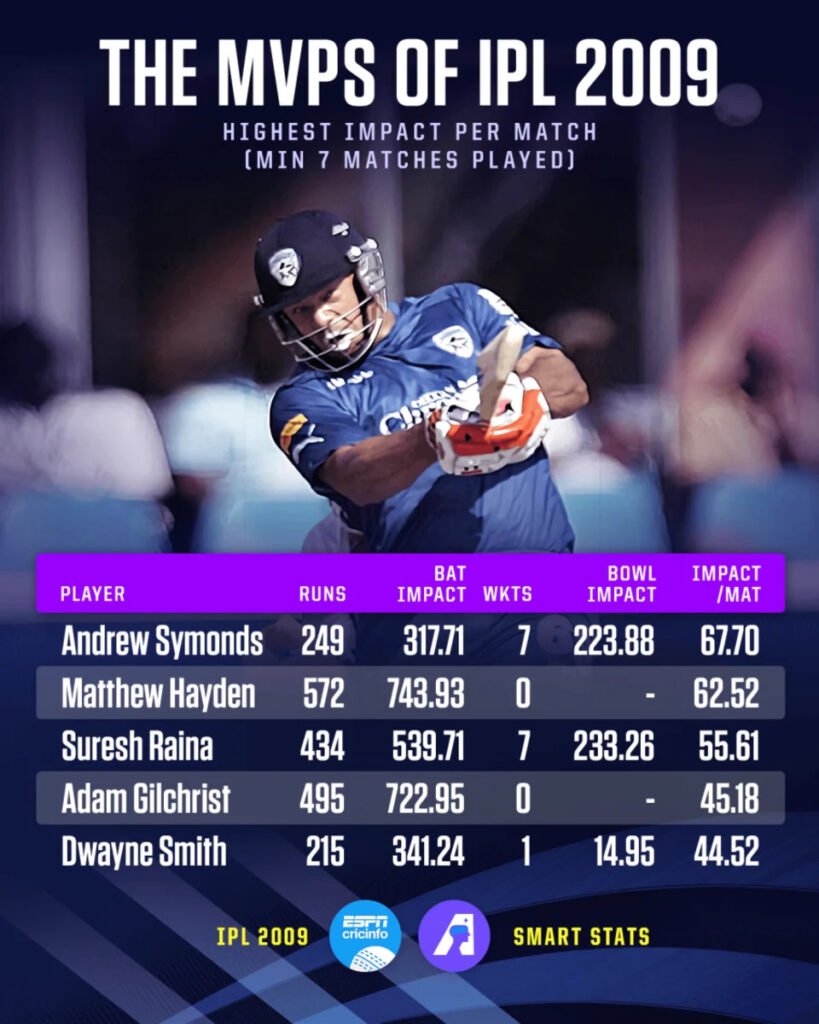
Thanks to his exploits at the top, Gilchrist‘s advantage was 113 runs, with 495 actual runs against 608.13 smart runs. Among players who faced at least 150 balls, he had the greatest strike rate in the competition, with 152.30. The real Player of the Tournament, Gilchrist, frequently used his aggression to seize the upper hand on the powerplay. Hitting at 165.36, he scored 382 runs in this phase, more than 100 more than the next best.
With 23 wickets, two more than Anil Kumble, who claimed a four-for in the final, RP Singh was awarded the purple cap. In terms of Smart Wickets, Singh topped the list as well, but the difference was somewhat less.
According to Smart Stats, Kumble’s six-wicket haul in the final gave him a narrow lead over Singh prior to the Royal Challengers’ chase, but Singh finally passed Kumble. With 23 wickets with a value of 25.78 Smart Wickets, the seamer had the joint-highest number of powerplay wickets of any player in the competition with 11.
Kumble removed 16 of the top six batsmen from the game. In addition to producing the breakthroughs and a great economy rate of a run per delivery, he bowled well in all three phases. According to Smart Stats, this assisted Kumble in achieving the highest bowling impact (623.49) and highest bowling rating (38.97) of the competition. Despite the fact that just two players in the event claimed 20 or more wickets, Smart Stats changes that to five players, including four Indians, who had 20 or more Smart Wickets.
With 16 of his 18 wickets coming from the top six batsmen, Pragyan Ojha amassed 23.79 Smart Wickets. Ashish Nehra finished with 23.18 Smart Wickets, having taken nine wickets of opening batsmen in his 19 tournament wickets. Since eight of Dirk Nannes’s 15 wickets came during powerplays and 14 of his real wickets came from top-order batsmen, his 15 wickets were worth 20.82 Smart Wickets.

